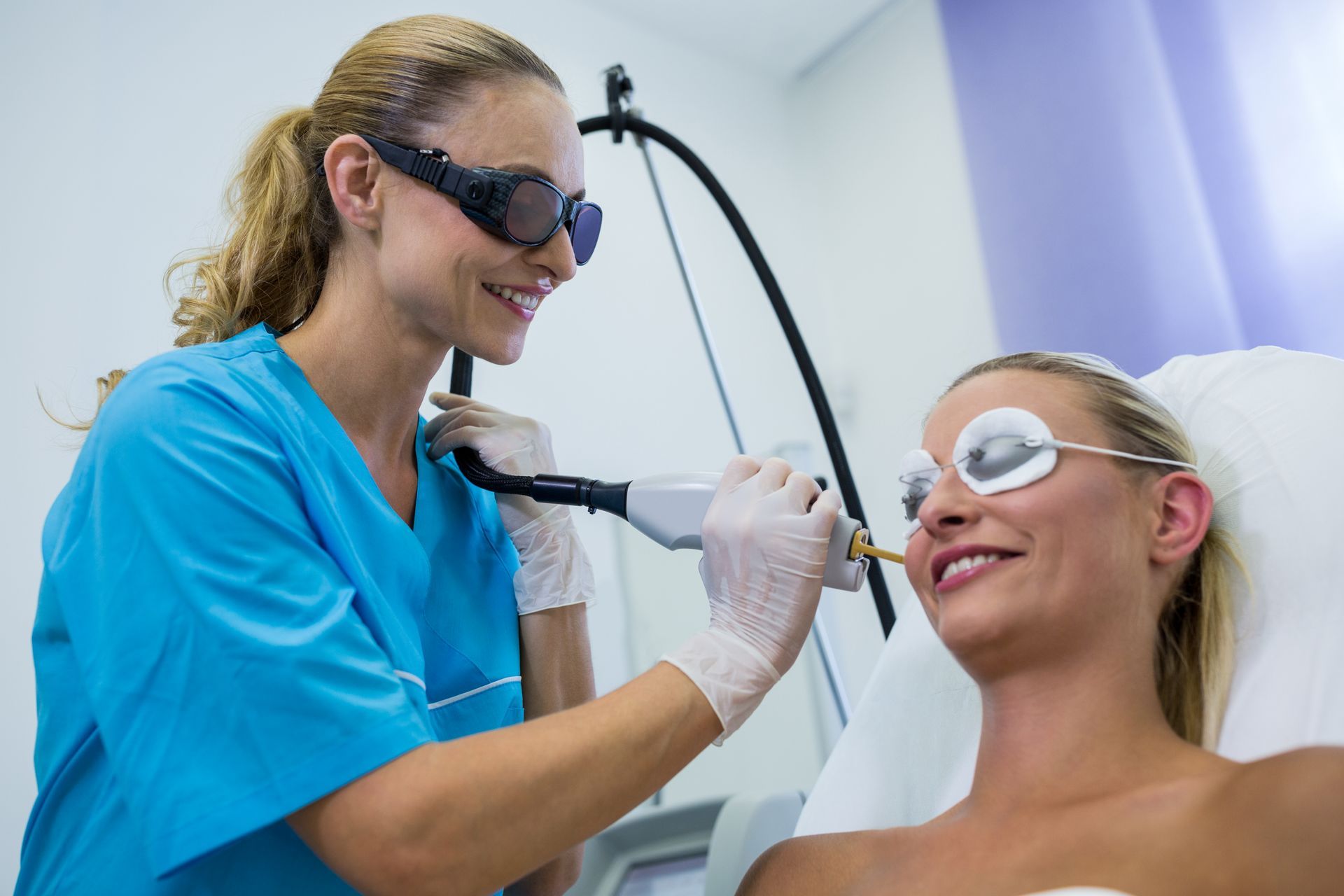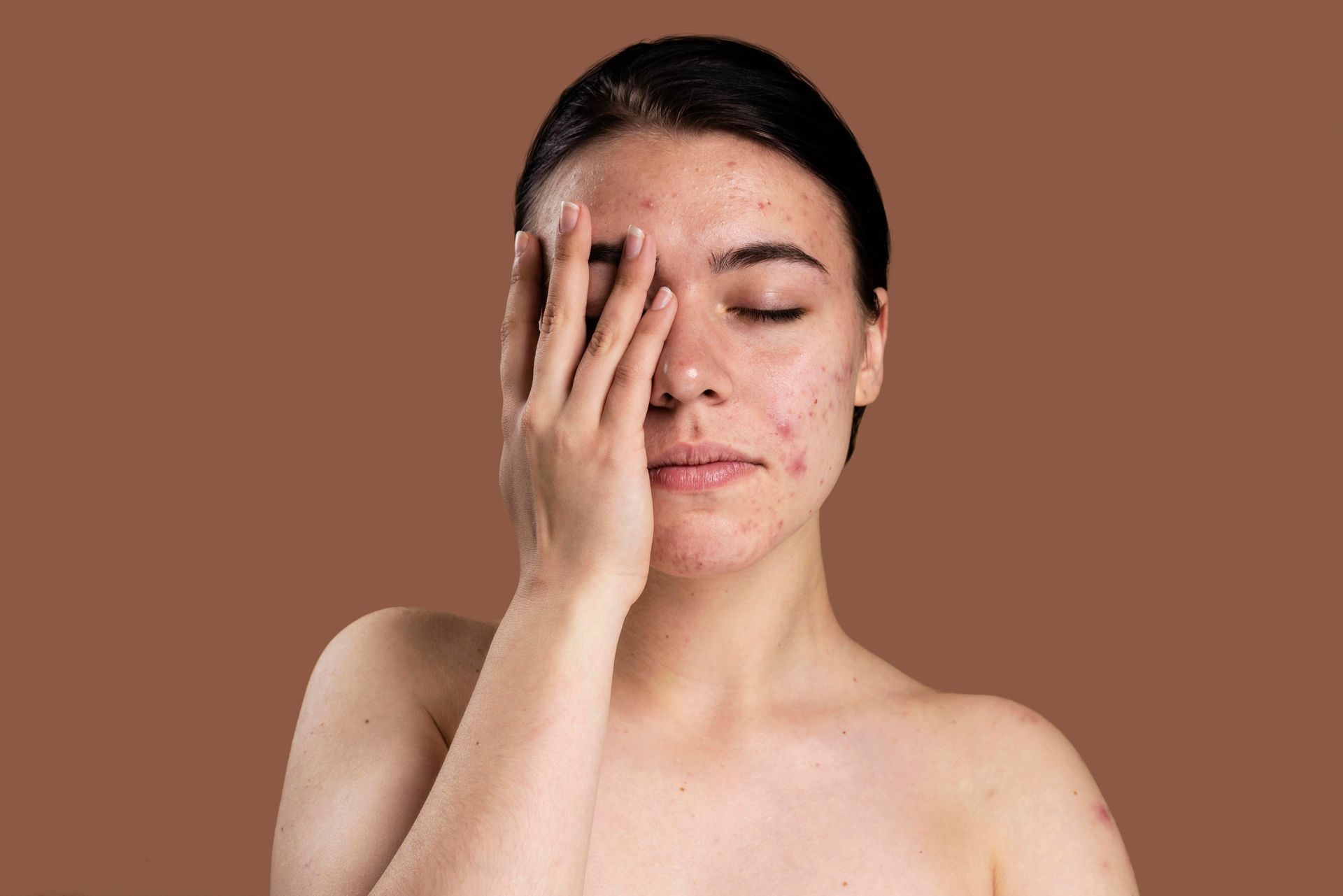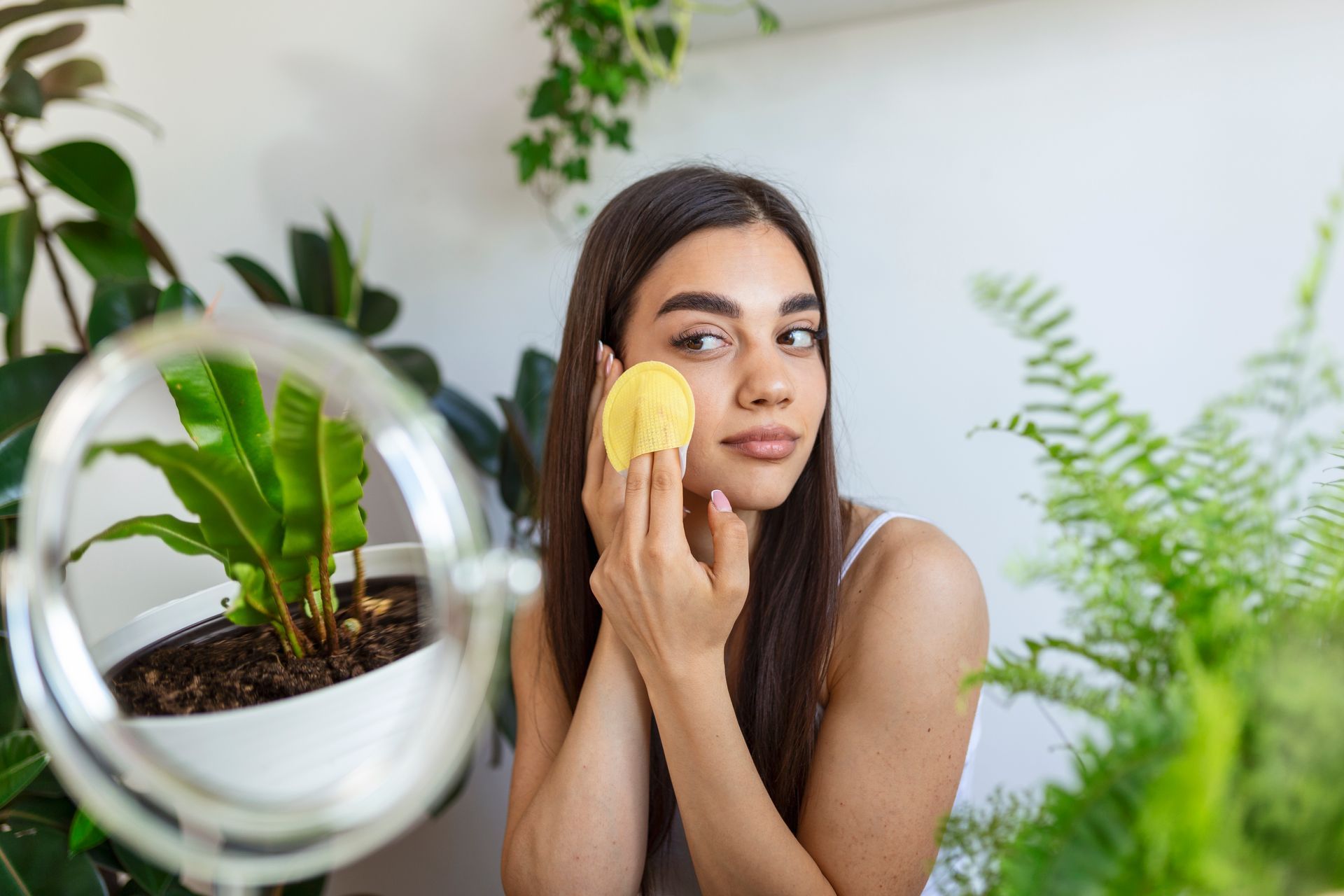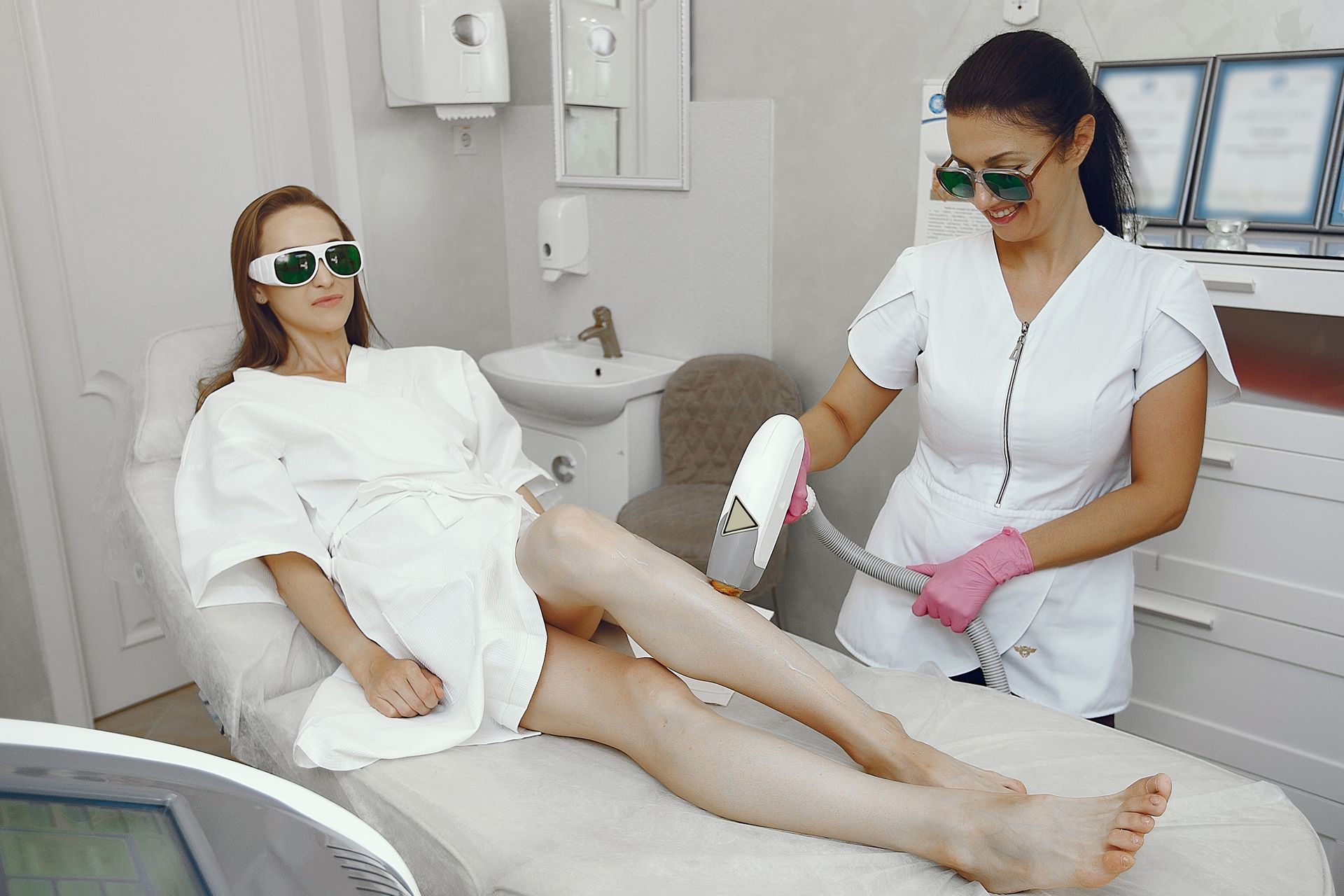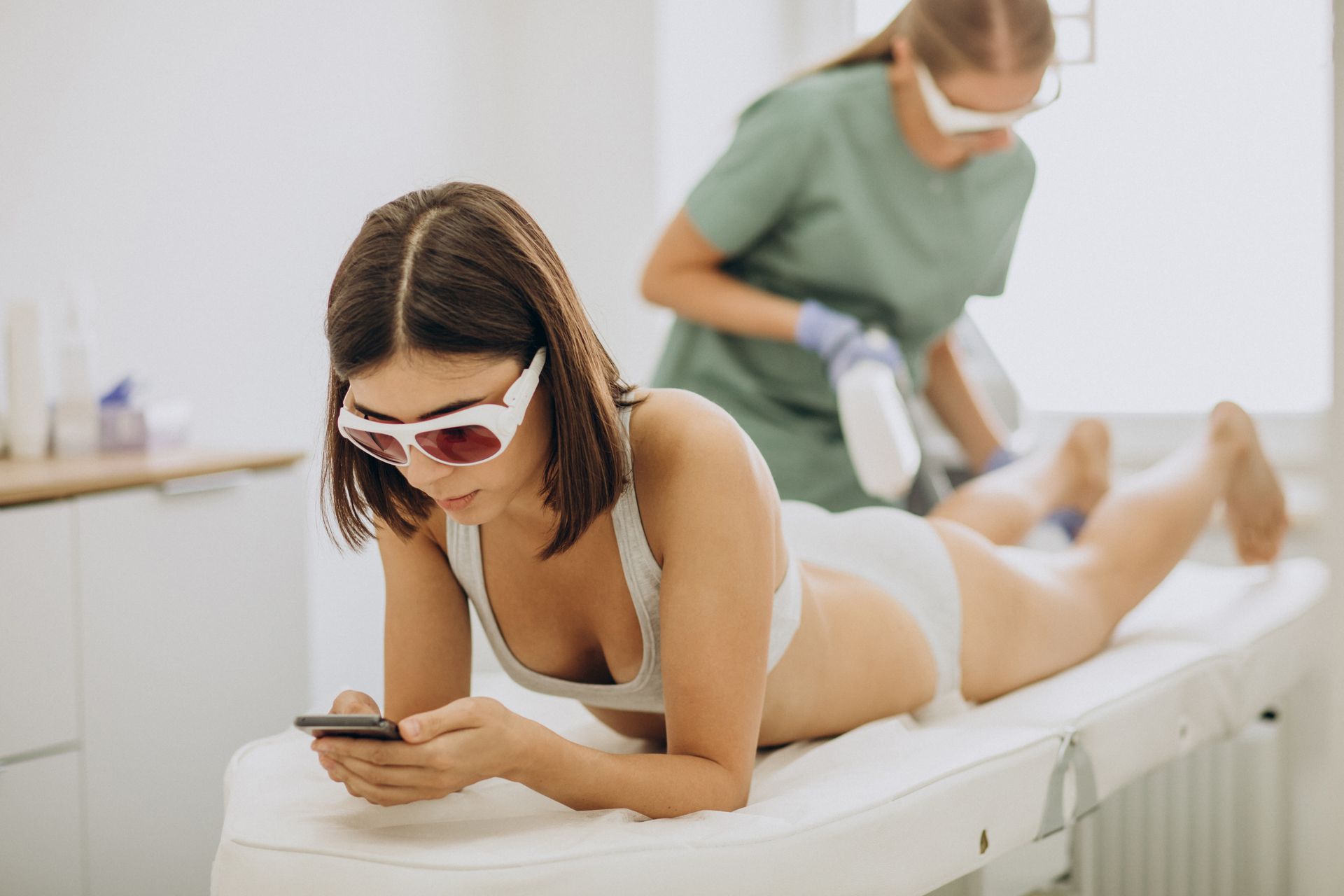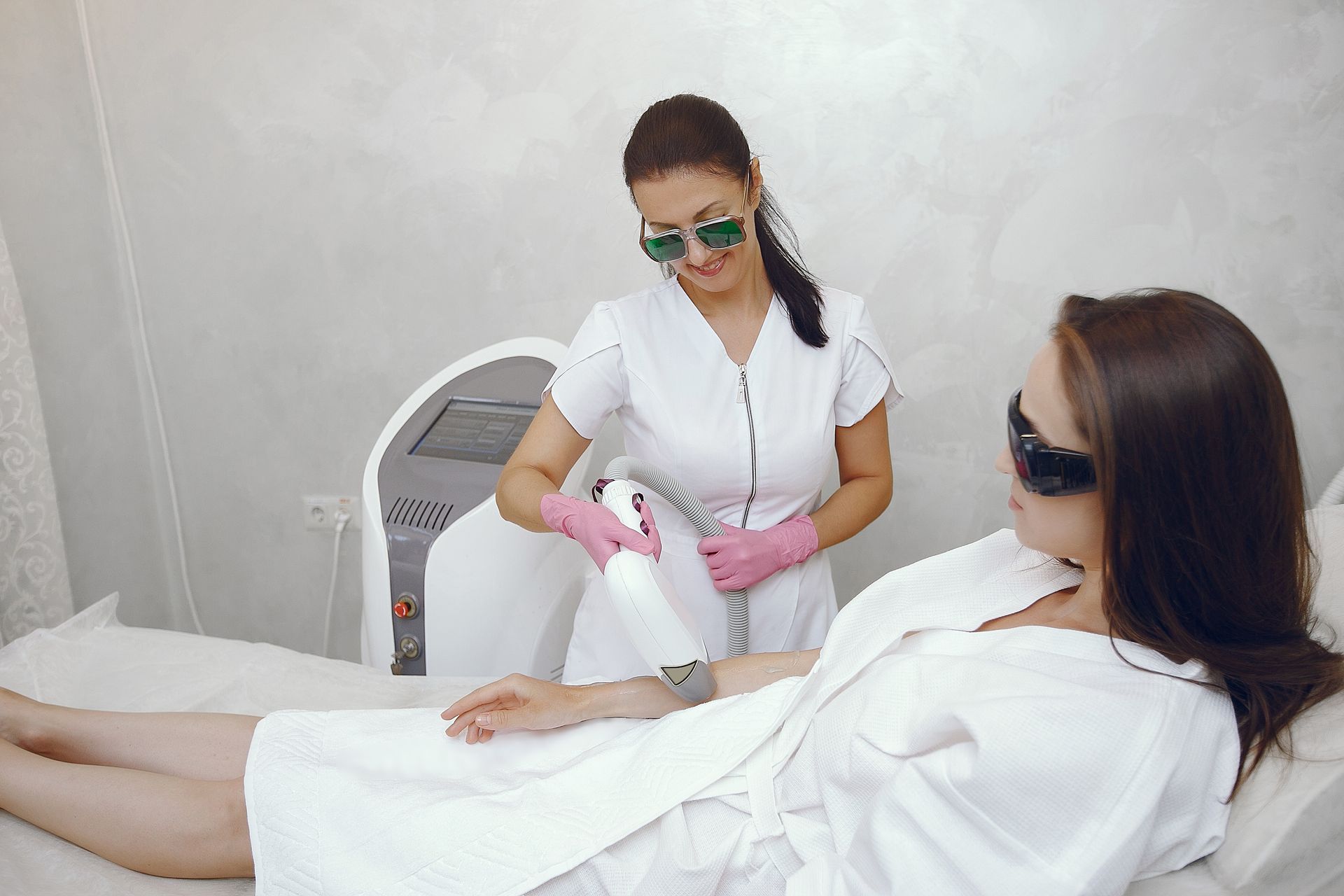How Many Brazilian Laser Hair Removal Sessions Do You Need?
You’ve finally decided to ditch razors and painful waxing and go for something that actually lasts—Brazilian laser hair removal. Smart move. But then the big question hits: how many sessions will it take to see permanent results?
You’re not alone in wondering. Nearly everyone stepping into this treatment wants to know exactly how long it’ll take to say goodbye to ingrown hairs, shadow stubble, and that dreaded “hair is back again” moment.
The truth? There’s no one-size-fits-all number, but there is a formula behind it—and we’re here to break it down clearly.
Whether you’re already booked in or still weighing your options, this guide walks you through how Brazilian laser hair removal works, how many sessions most people need, what factors affect your timeline, and what to avoid between sessions to make the process as smooth (literally) as possible.
Let’s get into the real deal behind laser sessions and timelines—so you can confidently plan your path to hair-free skin.
Brazilian Laser Hair Removal Side Effects and How to Avoid Them
How Many Brazilian Laser Hair Removal Sessions Do You Need to See Results?
On average, most people need about 6 to 8 sessions for significant, long-term reduction in pubic hair through Brazilian laser hair removal. These sessions are usually spaced about 4 to 6 weeks apart, depending on how your hair and skin respond to the treatment.
Laser hair removal targets hair in its active growth phase (called the anagen phase), but not all hairs grow in sync. That’s why multiple sessions are needed—to catch each hair at just the right time.
Now, if you’re blessed with lighter skin and dark, coarse hair, you may see faster results. On the flip side, those with lighter hair, darker skin, or hormonal imbalances might need additional sessions to achieve a similar level of smoothness.
So while 6 to 8 sessions is the standard, let’s look at what might prolong or shorten your timeline.
What May Affect Your Laser Hair Removal Timeline for Brazilian Areas?
This is where the process gets personal. Several key factors can influence how many Brazilian laser hair removal sessions you will need—some are in your control, and some aren't. Let’s break down each one and how it impacts your results.
1. Hair Color and Thickness: The Laser’s Main Target
Lasers are designed to detect pigment (melanin) in the hair shaft. That means:
Dark, coarse hair absorbs laser energy best and responds more quickly.
Light blonde, red, grey, or white hair contains little to no pigment, making it harder for the laser to target effectively.
If your hair is thick and dark in the Brazilian region, congratulations—you’re the laser’s ideal match. You might start seeing hair reduction even after the second or third session. But finer, lighter hair might linger longer, requiring extra treatments.
2. Skin Type and Tone:
The contrast between your skin tone and hair color affects how well the laser can "see" the hair. Traditionally, lighter skin with dark hair has been ideal. But modern lasers (like Nd:YAG) are now much safer and more effective for darker skin tones.
Still, for melanin-rich skin, your technician will use lower energy settings to protect you from burns or hyperpigmentation. This can slightly slow down progress, meaning more sessions might be needed.
3. Hair Growth Cycles:
Hair grows in cycles—anagen (growth), catagen (transitional), and telogen (resting). Lasers only work on hairs in the anagen phase. And since not all hairs are in that phase at once, each session only targets a portion of your hair.
That’s why spacing sessions properly (more on that soon) and sticking to your schedule is essential. If you miss a session or delay too long, you might reset your progress.
4. Hormonal Changes:
Hormones affect hair growth big time—especially in the pubic region. Conditions like PCOS, pregnancy, or even changes in birth control can cause unexpected regrowth or make hair more stubborn to remove.
If hormones are a factor for you, you may need touch-up sessions down the line—even after the full course.
5. The Type of Laser Used:
There are several types of laser technology, and each suits different skin tones and hair types:
Alexandrite lasers are fast and work best on fair to medium skin tones.
Diode lasers are highly effective for both light and medium skin.
Nd:YAG lasers are safer for darker skin tones but may need more sessions to achieve the same result.
At Huggie Beauty, expert technicians match you with the most suitable technology, reducing the chances of complications and helping you reach your goal faster.
What’s the Ideal Gap Between Brazilian Laser Hair Removal Sessions?
Timing is everything. For Brazilian laser hair removal, sessions are typically spaced 4 to 6 weeks apart. This allows new hair to enter the anagen phase, making the next session more effective.
Go in too soon, and the laser won’t find enough active follicles. Wait too long, and you may miss your window, slowing progress.
Pro tip: Stick to your treatment calendar like it’s your skincare bible. Consistency is key to faster, long-lasting results.
Between Sessions: What You Should and Shouldn’t Do
How you treat your skin between laser sessions can make or break your results. Here's what to focus on:
Avoid Waxing, Plucking, or Threading
These methods remove the hair from the root, and that’s exactly what the laser needs to target. Without the root, the laser has nothing to destroy. Stick to shaving only between sessions to maintain visible hair without disrupting the follicle.
Say No to Tanning or Sun Exposure
Exposing your skin to the sun can increase your risk of burns, hyperpigmentation, or even permanent skin damage during laser treatment. Wear SPF if you’re headed outdoors, and avoid tanning beds at all costs.
Keep Skin Clean, Cool, and Calm
Avoid hot baths, saunas, and intense workouts for at least 24–48 hours post-session. Friction and heat can irritate your skin, making it more sensitive to side effects.
Use fragrance-free moisturizers and apply aloe vera gel to soothe any temporary redness or bumps.
Stay Hydrated and Consistent
Drink lots of water and keep your skin moisturized. Healthy skin = better laser results. And remember, don’t skip sessions unless your provider recommends it.
Why Choose Huggie Beauty for Brazilian Laser Hair Removal?
Let’s be real: intimate areas demand expert care. At Huggie Beauty, you’re not just getting a treatment—you’re getting a customized, professional experience tailored to your body and goals.
Their team of trained technicians uses medical-grade lasers suitable for all skin tones and hair types. They monitor your progress, adjust settings session by session, and give you personalized aftercare that makes a real difference.
Most importantly, they listen. Your comfort and safety come first, and that’s the secret to not just smoother skin—but peace of mind.
Final Thoughts: Your Smooth Journey Starts with the Right Expectations
So, how many Brazilian laser hair removal sessions do you need? Most likely 6 to 8, spaced 4 to 6 weeks apart. But your skin, hair, hormones, and habits all play a role in shaping your journey.
The more you understand what affects your progress—and work with a clinic that prioritizes your skin’s needs—the better your results will be.
Choose wisely, prep smart, and stay consistent. And when in doubt, Huggie Beauty has your back (and your bikini line).

